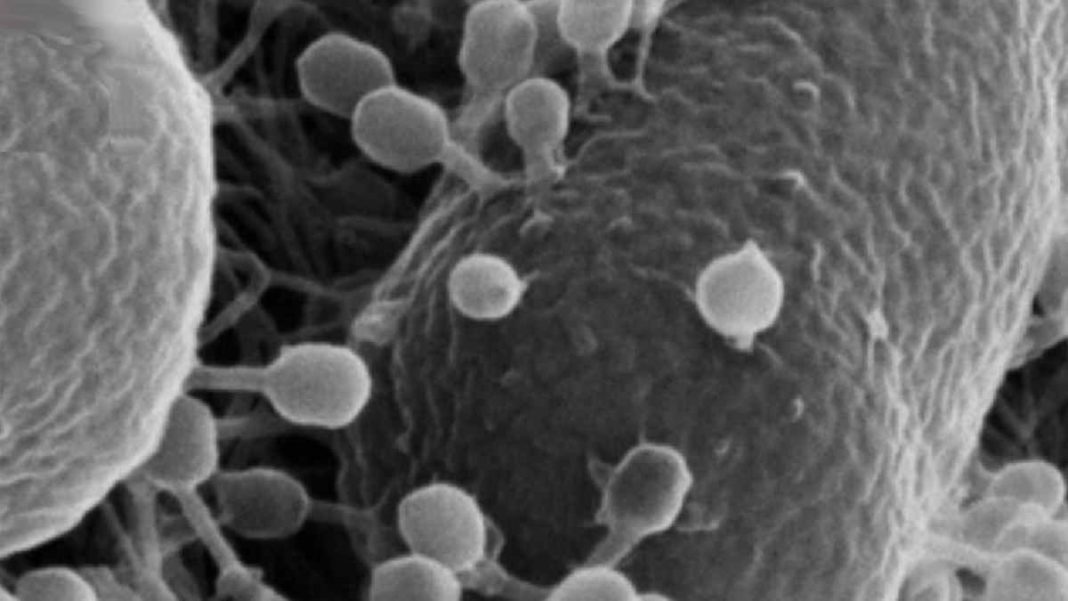SWITZERLAND: Scientists at the École polytechnique fédérale de Lausanne (EPFL) have achieved a remarkable feat that has the ability to revolutionize waste management, energy production, and various bioelectric applications.
They’ve successfully harnessed the power of genetically engineered E. coli bacteria to generate electricity, presenting a monumental leap forward in the field of bioelectronics.
What is E. coli?
Escherichia coli, often abbreviated as E. coli, is a type of bacteria that is commonly found in the lower intestine of warm-blooded organisms. It is a rod-shaped bacterium that can survive with or without oxygen and is classified as gram-negative. E. coli belongs to the genus Escherichia.
E. coli bacteria have long been a staple in biological research. However, EPFL researchers have taken these microorganisms to new heights by enhancing their ability to produce electricity through a process known as extracellular electron transfer (EET).
Unlike previous methods that relied on specific chemicals for electricity generation, the bioengineered E. coli exhibited unparalleled versatility, being capable of generating electricity while metabolizing a variety of organic substrates.
The EET pathway
One of the key breakthroughs achieved by Professor Ardemis Boghossian’s team is the creation of a complete EET pathway within E. coli. This monumental accomplishment had never been realized before.
By integrating components from Shewanella oneidensis MR-1, a bacterium renowned for its electricity-generating abilities, the researchers successfully constructed an optimized pathway spanning both the inner and outer membranes of the cell. This novel approach resulted in a three-fold increase in electrical current generation compared to conventional strategies.
Wastewater as a promising medium
Perhaps the most intriguing aspect of this innovation is the exceptional performance exhibited by the engineered E. coli in various environments, including wastewater sourced from a local brewery.
Unlike exotic electric microbes that struggled to thrive in such conditions, the modified E. coli flourished exponentially while processing organic waste, effectively turning wastewater treatment into an electricity-generating process.
A multitude of applications
The implications of this study reach far beyond the realm of waste treatment. With the ability to generate electricity from a wide range of sources, engineered E. coli holds immense promise in multiple fields:
1. Microbial fuel cells
The bioengineered bacteria can be harnessed in microbial fuel cells, providing a sustainable and eco-friendly source of electricity. These cells have the potential to power a variety of applications, from small-scale devices to entire grids.
2. Electrosynthesis
Electrosynthesis, a process that uses electricity to drive chemical reactions, could greatly benefit from the versatility of genetically modified E. coli. It opens doors to efficient and sustainable chemical production methods.
3. Biosensing
The adaptability of these bacteria makes them ideal for biosensing applications. They can be tailored to detect specific environmental or biological indicators, making them invaluable tools for monitoring and diagnostics.
The road ahead
In the ever-evolving landscape of bioelectric microbes, this groundbreaking research by Professor Boghossian’s team stands as a testament to human ingenuity.
With a new record set in electrical current generation and the potential to scale this technology to new heights, the future of bioelectric bacteria looks incredibly promising.
As researchers continue to push the boundaries of what’s possible, we can anticipate a world where waste becomes a source of power and sustainable technology development takes center stage.
Also Read: Ather Starts Production of Affordable 450S Electric Scooter, Priced at Rs 1.30 Lakh



